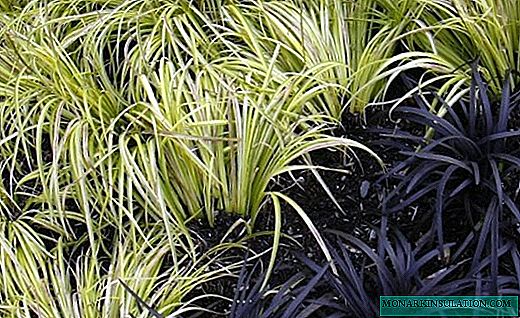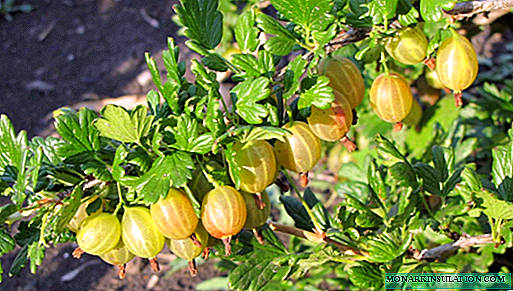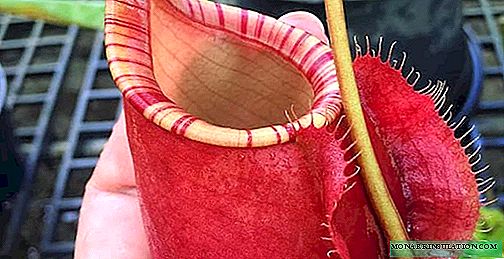
With the onset of cold weather, a large army of rodents rushes closer to human habitation in search of food. Most often, mice run away from the fields, since everything has been removed and there is nothing to profit from on bare ground. The most affected are the plots of land. Until spring, the owners leave their 6 acres, and there is no one to protect the household plots from pests. There are several ways that will protect a summer cottage in the winter from a mouse invasion.
Mouse Repeller
Ultrasonic repellers do a good job. For mice, these devices pose a serious danger. Battery or power repellers work. The disadvantage of this device is the limited range of action. You can install the repeller in a greenhouse or pantry.
Mousetrap
An ordinary mousetrap can be used as protection, but there are a couple of points. After each use, the bait in such a trap must be changed. If the owners stayed in the country until late autumn, then this method is suitable. An alternative to the famous mousetrap is a three-liter glass jar. It is necessary to put a piece of cheese or bread at the bottom of the can, and lubricate the walls and neck of the container with any greasy composition (oil, fat). Put the jar so that the angle of inclination is 30-40 degrees. Under the neck you can put some kind of support. With this tilt, the mouse can no longer crawl out of the can. But again, this idea will be effective if the owners stayed in the country for a long time.
Cat litter
The main enemies for mice are cats. However, you won’t leave them in the country for the whole winter. Used cat filler will help to cope with this problem. The pungent smell from the cat's toilet will be perceived by rodents as an alarm. It is necessary to decompose fragments of filler in the suburban area. Mice, smelling their enemy, will bypass the territory side.
Poison daffodil
In the fall, from the dug bulbs of daffodils, you can make a kind of repeller for mice. Gray pests are not indifferent to tulips and other flowers. It is necessary to plant a flower bed or a bed with tulips onion daffodils. They are poisonous, and the mice will have to look for another place to feast on.
Hilling trees
You can protect from rodents and trees growing in suburban areas. This method is not suitable for protection against squirrels and hares, but mice in this case will not be able to taste the bark of trees. The tree needs to be spudded so that the height of the ground being buried is at least 20-30 cm. The snow that has fallen will squeeze the ground around the trees, and the soil frozen in the cold will not allow rodents to get to the tree. But this method does not bring one hundred percent effect.
Pine Fern
So that hares and mice do not gnaw a tree trunk, you can overlay it with pine or spruce spruce branches. The branches need to be installed with a pyramid, needles down. It is advisable to apply Lapnik to a height of 80 cm. It is imperative to wrap it with a rope, otherwise the structure will be blown away.
Branches of raspberries
A rather original way to protect trees from hares. Dry branches of raspberries must be laid around the tree to a height of 1 meter. The branches will play the role of barbed wire. A hare can prick or just get confused. In any case, he will no longer fit this tree.
Reeds
"Grandfather" method for fighting moles. On both sides, the reed stalk needs to be cut so that a tube is obtained. Then insert these tubes into the mole or mouse holes. The edge of the tube should rise 50 cm from the ground. When the wind reeds will make a characteristic sound that will scare away moles and mice.
Elderberry infusion
In places where elderberry grows, mice never appear. They absolutely can not stand the smell coming from this plant. From elderberry you can make an infusion. Take 1 kg of fresh leaves and pour them with water. Let stand 1.5-2 weeks, and then spray the trees. Non-residential premises on the site can also be sprayed with this infusion.
Birch tar
The most common way to protect the summer cottage from rodents is the use of birch tar. Using a paintbrush, the paths of mice to enter the room should be processed. Tar cast in small containers can be placed in the pantry or basement. To protect the trees, tar must be bred. 1 tablespoon of tar will require 10 liters of water. The resulting solution lubricated tree trunks and shrubs.
Ammonia blanks
The smell of ammonia also scares off mice. The cotton pads or a piece of cotton wool should be moistened with ammonia and wrapped in cellophane, not forgetting to make a hole. These blanks can be scattered around the cottage. 3-5 workpieces will be enough for a small bed. Large beds or greenhouses will take 10-15 pieces.
It is unrealistic to permanently protect your summer cottage from rodents. However, the alleged damage from small pests can be minimized if preventive measures are taken in time, and a significant part of the troubles will bypass the site.











